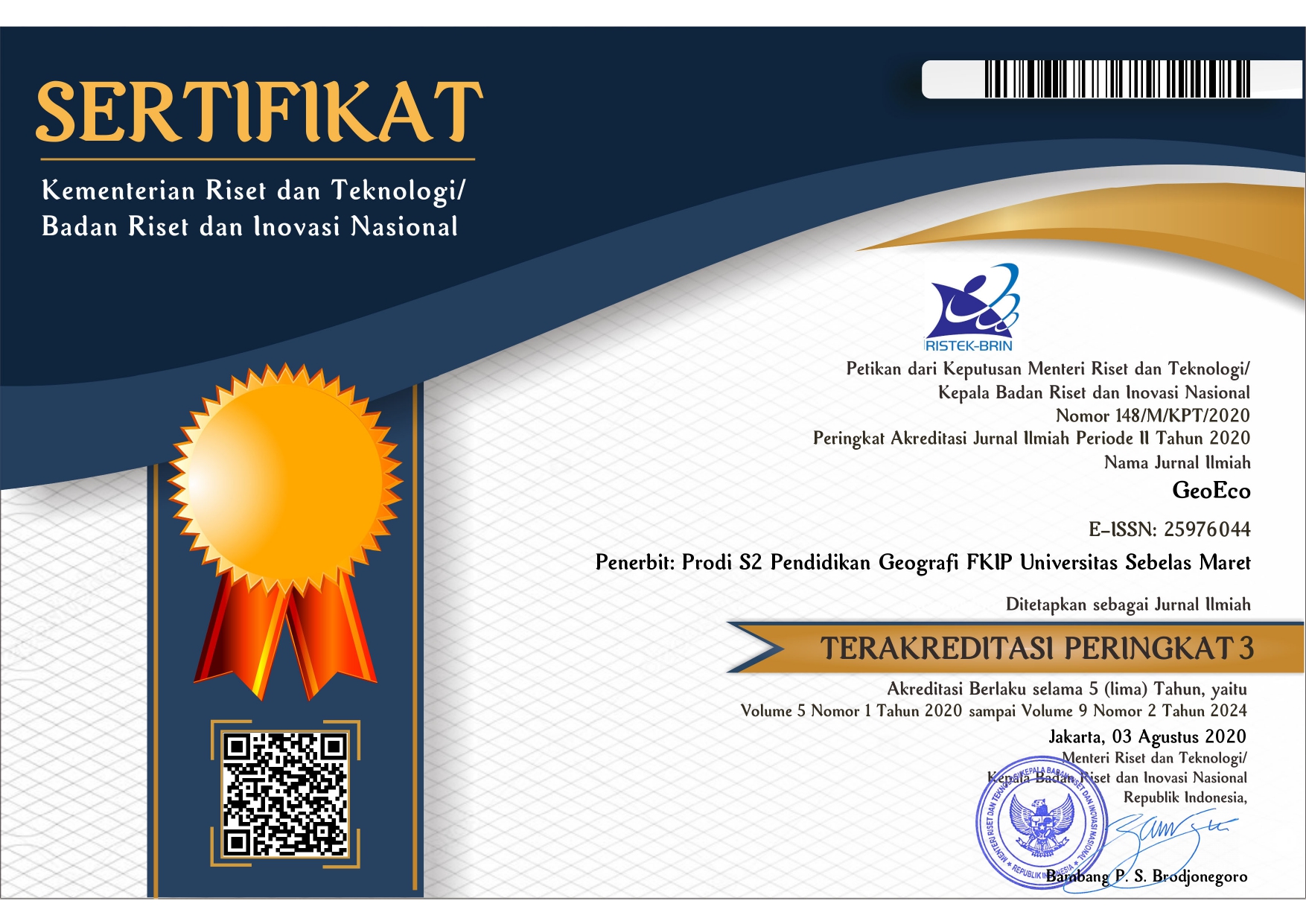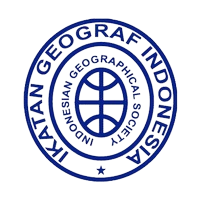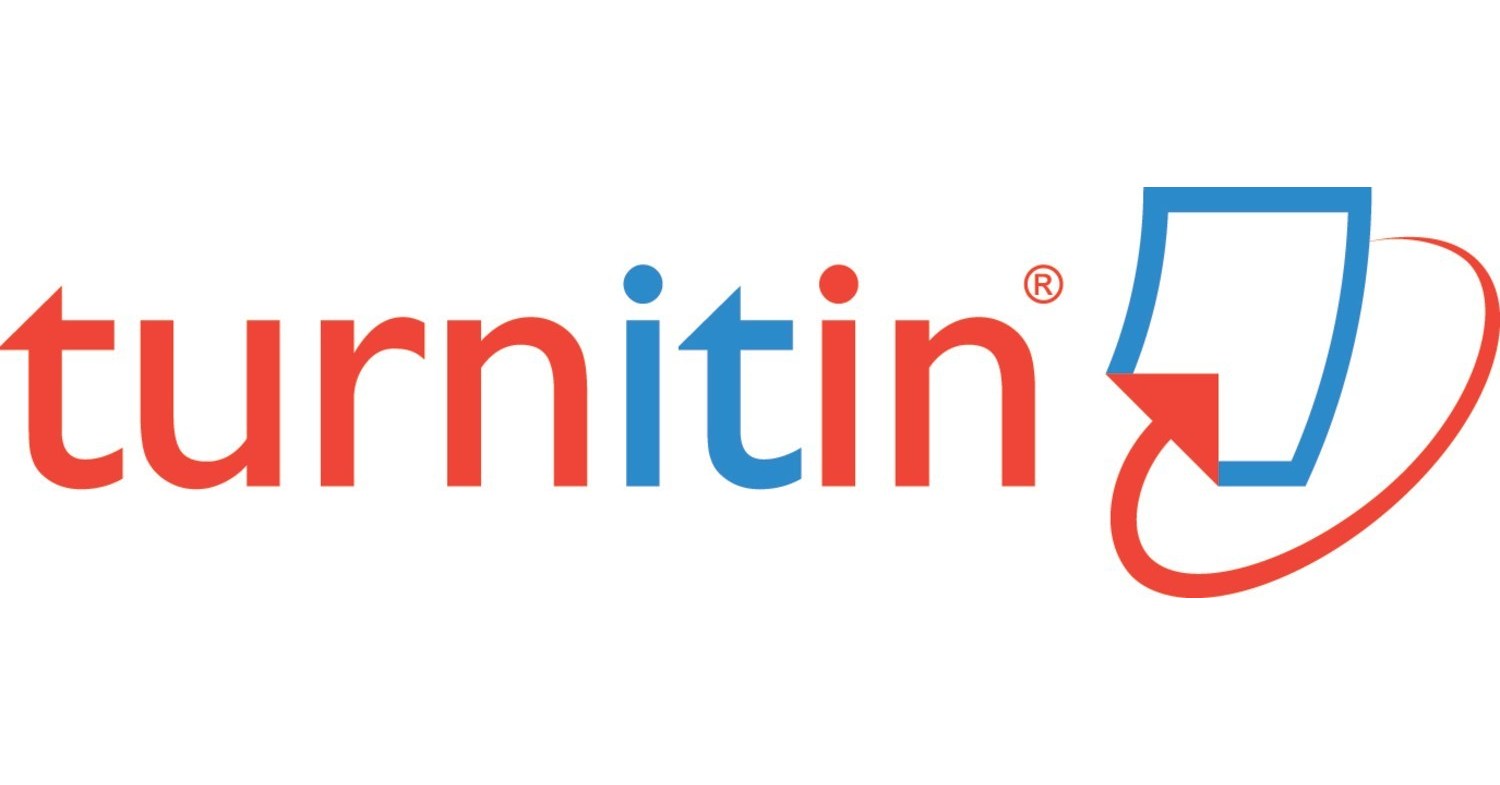SWOT ANALYSIS OF HOT SPRING TOURISM MANAGEMENT IN LEILEM VILLAGE, MINAHASA REGENCY
Abstract
Keywords
Full Text:
PDFReferences
Ali, M., Badwi, N., Nyompa, S., Umar, R., & Invanni, I. (2022). Tourism Management Strategies for Pango-Pango Agrotourism in Tana Toraja Regency during the Covid-19 Pandemic. LaGeografia, 21(1), 43.
Ananda, R. P., Ahman, E., & Ridwanudin, O. (2016). The Influence of Physical Evidence of Ciwalini Hot Spring Tourist Attraction on Tourists’ Decision to Visit (Survey of Domestic Tourists at Ciwalini-Ciwidey Hot Springs, Bandung Regency). THE Journal : Tourism and Hospitality Essentials Journal, 3(1), 461. https://doi.org/10.17509/thej.v3i1.1966
Annisa, T. M., & Harini, R. (2017). Willingness to Pay (WTP) Analysis to Support Sustainable Ecotourism in Gua Pindul Tourist Area, Gunungkidul Regency. Jurnal Bumi Indonesia, c, 1–10.
Asmini Budi, N. M., Meitriana, M. A., & Tripalupi, L. E. (2019). Efforts to Develop Hot Spring Tourism Based on SWOT Analysis. Jurnal Pendidikan Ekonomi, 11(2), 487–497.
Bagasta, A. R., Iswara, C., & Lasally, A. (2021). Tourism Potential Analysis Using Geographic Information and Community-Based Sustainable Tourism Development Strategies in Sumberagung Village, Grobogan, Central Java. Jurnal Kepariwisataan Indonesia, 15(2), 148–157.
Bayu, A., Achmad, D., & Alfianto, N. (2023). Analysis of Increasing Tourist Attraction at Lintang Waterpark Tempuran Hot Springs. Jurnal Mirai Management, 8(1), 647–656.
Berliandaldo, M., Chodiq, A., & Fryantoni, D. (2021). Collaboration and Synergy Among Stakeholders in Sustainable Tourism Development at Cibinong Botanical Gardens. INOBIS: Jurnal Inovasi Bisnis Dan Manajemen Indonesia, 4(2), 221–234. https://doi.org/10.31842/jurnalinobis.v4i2.179
Budiani, S. R., Wahdaningrum, W., Yosky, D., Kensari, E., Pratama, H. S., Mulandari, H., Iskandar, H. T. N., Alphabettika, M., Maharani, N., Febriani, R. F., & Kusmiati, Y. (2018). Community-Based Sustainable Tourism Development Potential and Strategy in Sembungan Village, Wonosobo, Central Java. Majalah Geografi Indonesia, 32(2), 170. https://doi.org/10.22146/mgi.32330
Chrobak, A., Ugolini, F., Pearlmutter, D., & Raschi, A. (2020). Thermal tourism and geoheritage: Examining visitor motivations and perceptions. Resources, 9(5), 1–26. https://doi.org/10.3390/RESOURCES9050058
Ckristin, Y., & Dewantara, Y. F. (2021). Development Strategy for Gunung Peyek Ciseeng Hot Spring Tourism Destination. Sadar Wisata: Jurnal Pariwisata, 4(2), 51–64. https://doi.org/10.32528/sw.v4i2.6703
Emmelia Nadira Satiti. (2022). The Role of Influencers in Increasing Visits to The Gucci Hot Springs Tourist Attraction Tegal Central Java. JUMBIWIRA : Jurnal Manajemen Bisnis Kewirausahaan, 1(1), 1–6. https://doi.org/10.56910/jumbiwira.v1i1.23
Fajriah, S. D., & Mussadun. (2014). Development of Facilities and Infrastructure to Support Sustainable Coastal Tourism (Case Study: Wonokerto Coastal Area, Pekalongan Regency). Jurnal Pembangunan Wilayah Dan Kota, 10(2), 218–233.
Hardy, W. Y., Setianti, Y., & Dida, S. (2021). Tourism Destination Journal: Natural Park Tourism Destinations Gunung Tampomas: A Literature Study on Ecotourism Branding Development. Jurnal Destinasi Pariwisata, 9(1), 51–58.
Herrera-Franco, G., Carrión-Mero, P., Alvarado, N., Morante-Carballo, F., Maldonado, A., Caldevilla, P., Briones-Bitar, J., & Berrezueta, E. (2020). Geosites and georesources to foster geotourism in communities: Case study of the Santa Elena Peninsula Geopark Project in Ecuador. Sustainability (Switzerland), 12(11).
Ihsan, Soegiyanto, H., & Hadi, P. (2015). Ecotourism Potential Development in Bima Regency. GeoEco, 1(2), 195–206.
Iman, S. N., & Winata, E. (2024). Pariban Hot Springs Tourist Site Development Strategy in Karo Regency, North Sumatra. SEIKO : Journal of Management & Business, 7(2), 674–681.
Jaya, I. (2019). Environmental Management of Lake Toba Tourism Area Indonesia. Budapest International Research and Critics Institute (BIRCI-Journal): Humanities and Social Sciences, 2(4), 672–681. https://doi.org/10.33258/birci.v2i4.685
Kamagi, J. W. A., Sitorus, S. R. P., Arifin, H. S., & Hardjomidjojo, H. (2022). Management strategy for marine tourism in Bunaken National Park North Sulawesi Province. IOP Conference Series: Earth and Environmental Science, 1109(1). https://doi.org/10.1088/1755-1315/1109/1/012048
Marpaung, N., Hutabarat, M. B., & Ginting, W. O. (2017). Management Strategy On Lake Toba Development Being 10 Main Tourism Destinations In Indonesia. ASSEHR, 81(Icosop 2016), 193–198. https://doi.org/10.2991/icosop-16.2017.28
Mastika, I. K., Harsono, S. S., Khristianto, W., Oktawirani, P., & Hutama, P. S. (2023). Creative strategies of local resources in managing geotourism in the Ijen Geopark Bondowoso, East Java, Indonesia. International Journal of Geoheritage and Parks, 11(1), 149–168. https://doi.org/10.1016/j.ijgeop.2023.01.002
Maulina, L., Kuswandi, D., Nugraha, S. Y. I., Daniati, H., & Rosiana, E. (2022). Tourist Village Management Towards Desapreneurship: The Case of Pandanrejo Village. Media Wisata, 20(2), 233–248. https://doi.org/10.36276/mws.v20i2.339
Menajang, S. A., Kalangi, J. A. F., & Mukuan, D. D. S. (2019). Tourism Management Strategy for Pinus Lahendong in Tomohon City. Jurnal Administrasi Bisnis, 8(1), 87. https://doi.org/10.35797/jab.8.1.2019.23504.87-97
Munfarida, I., Nilandita, W., & Auvaria, S. W. (2022). An environmental impact assessment of geothermal tourism: A case study of Awit Sinar Alam Darajat, Garut-Indonesia. IOP Conference Series: Earth and Environmental Science, 1098(1). https://doi.org/10.1088/1755-1315/1098/1/012035
Novalia, Yusuf, M., Anum, A., & Saleh, K. (2023). SWOT Analysis of Way Belerang Kalianda South Lampung Tourism Development. Journal of Social and Economics Research, 5(2), 2068–2079.
Nuzulia, A. (2022). Management of Ranoraindang Hot Spring Tourist Object in Llelilem Village, Sonder Subdistrict. Angewandte Chemie International Edition, 6(11), 951–952., VIII(2), 5–24.
Parameswari, G., Muryani, C., & Subandriyo, D. (2019). Analysis Of The Potential And Suitability Tourism Areas As A Direction For Tourism Development In Wana Wisata Curug Cipendok Banyumas Regency 2018. GeoEco, 5(1), 55–65.
Rahmayani, D., Oktavilia, S., Suseno, D. A., Isnaini, E. L., & Supriyadi, A. (2022). Tourism Development and Economic Growth: An Empirical Investigation for Indonesia. Economics Development Analysis Journal, 11(1), 1–11. https://doi.org/10.15294/edaj.v11i1.50009
Raraga, F., & Korengkeng, H. F. (2021). Evaluation of Mamuya Hot Spring Tourist Site Management in North Halmahera Regency. Jurnal Destinasi Pariwisata, 9(1), 41. https://doi.org/10.24843/jdepar.2021.v09.i01.p05
Ratnasari, A. R., Pachrudin, A. F., Kodir, A., & Pary, H. (2024). Management of Cimutan Spring Tourism in Kasomalang Subang. Burangrang, 3(1), 25–31.
Rosha, Z., Helmawati, H., Ethika, E., & Fikri, H. (2022). Internal and External Factors in Developing Lubuk Tampuraung Waterfall Hot Spring Tourist Spot in Kuranji Subdistrict, Padang City. Jurnal Apresiasi Ekonomi, 10(1), 16–26. https://doi.org/10.31846/jae.v10i1.450
Sari, N. N., Winarno, G. D., Harianto, S. P., & Fitriana, Y. R. (2020). Tourist Perception in Implementing Sapta Pesona at Simpur Belerang Tourist Spot in Kecapi Village. Jurnal Belantara, 3(2), 163–172. https://doi.org/10.29303/jbl.v3i2.503
Sihombing, H. L. P., Senoaji, G., & Barchia, M. F. (2020). Potential and Management Strategy for Ecotourism in Bukit Kaba Nature Park, Bengkulu Province. NATURALIS – Jurnal Penelitian Pengelolaan Sumberdaya Alam Dan Lingkungan, 9(1), 77–90.
Simorangkir, C. O., Ramadhan, G., Sukran, M. A., & Manalu, T. (2024). Tourism Development Impact on Economic Growth and Poverty Alleviation in West Java. Jurnal Kepariwisataan Indonesia, 18(2), 175–196. https://doi.org/10.47608/jki.v18i22024.175
Sipahutar, G. br, & Rosdiana. (2024). Analysis of Factors Causing Poor Management of Tangga Batu Village Hot Spring Tourism in Tanjung Medan Subdistrict, Rokan Hilir Regency, Riau. INNOVATIVE: Journal Of Social Science Research, 4(5), 5445–5462.
Sørensen, F., & Grindsted, T. S. (2021). Sustainability approaches and nature tourism development. Annals of Tourism Research, 91. https://doi.org/10.1016/j.annals.2021.103307
Sudiani, Ekayani, I. A. H., & Damiati. (2023). Potential and Development Strategy for Pantai Nambung Waterfall Tourist Spot. Bosaparis: Pendidikan Kesejahteraan Keluarga, 14(1), 51–58.
Tirtayani, D. M., Sukmadewi, N. P. R., & Dane, N. (2024). Promotion Strategy to Increase Tourist Visits at Banjar Hot Springs in Banjar Subdistrict, Buleleng Regency. Cultoure, 5(2), 145–155.
Tobing, M., & Weya, I. (2022). Arrangement Analysis of Tinggi Raja White Crater Tourist Site as a Source of Community Income in Silau Kahean Subdistrict, Simalungun Regency. Jurnal Ekuilnomi, 4(1), 37–61. https://doi.org/10.36985/ekuilnomi.v4i1.335
Waelauruw, A. T., & Rumalatu, G. A. (2023). Development Strategy For Negeri Tulehu Hot Spring Tourist Site In Central Maluku Regency. Jurnal Administrasi Terapan, 2(1), 246–260.
Windi. (2021). Development Strategy for Banyu Biru Hot Spring Tourist Site in Pasuruan Regency, East Java using IFAS-EFAS Assessment. Ikraith-Teknologi, 5(3), 9–19.
Refbacks
- There are currently no refbacks.












.png)

